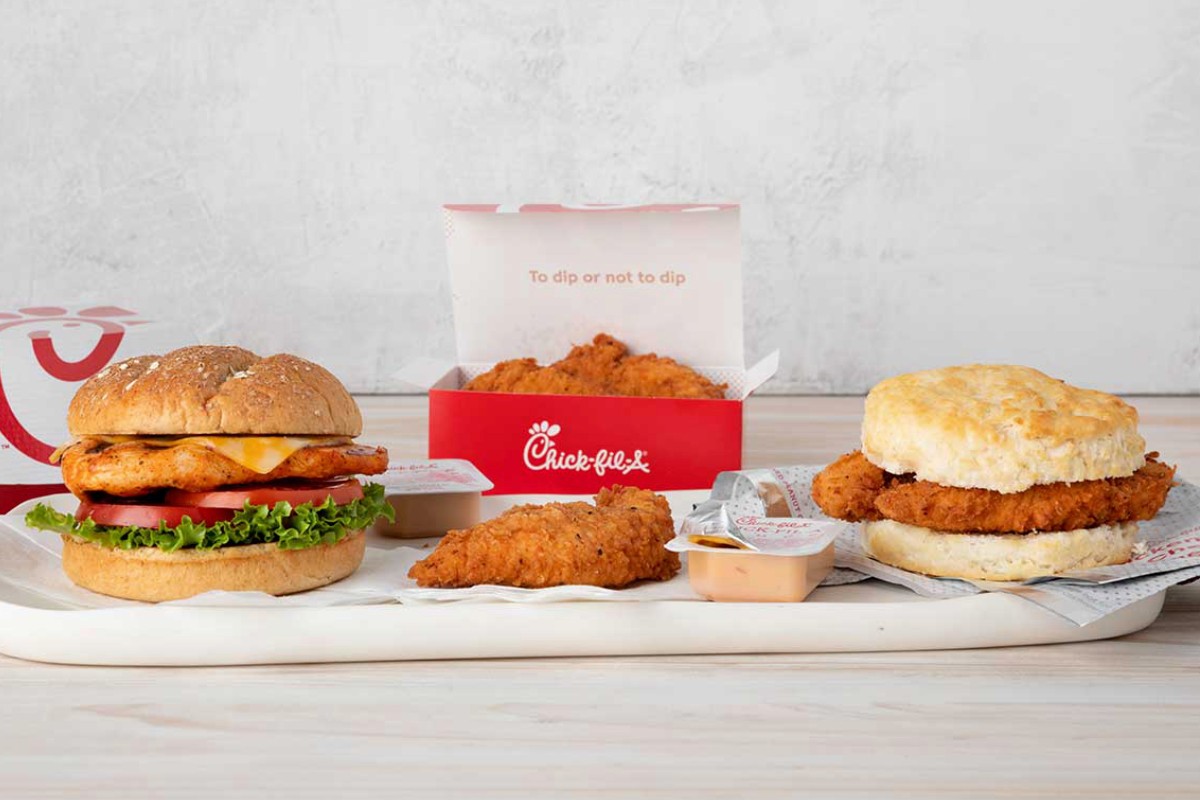Every business is on a constant journey of figuring out how to increase sales. No matter what you do or what you sell, you are in a continuous fight to reach more consumers. In a world that is saturated with information and advertising, it can feel like a tireless struggle to carve out your place in the market. Are you exhausted just thinking about it?
What if there was something any business could do that would lay a foundation for recognition and loyalty? Something that could help you position your business as the go-to in your field, or the best option from your competitors?
It’s this big buzzword: branding.
This word often seems shrouded in mystery. Its definition is difficult to pinpoint. But its effect is colossal and worthy of much consideration. Have you been ignoring it? Let’s dive into what branding is so we can understand how it can become a powerful tool in the battle of advertising, sales, and success.
You can’t touch, see, or hold a brand.
The reason branding can be an elusive concept to understand is because it’s not tangible, and is a term applied to many different things. But if we boil it down to the bare bones, it can be best understood as this:
A brand is the feeling or promise people associate with your company.
It’s a gut thing. It’s an emotion. It’s an expectation. It’s NOT your logo, or your product, or the color you paint your company vans. (Those are all very important and related to your brand, but we’ll get back to that!)
Your brand makes an appearance even before a consumer interacts with an employee. Have you ever walked up to a small business that has an open sign on the door, but looks rather lifeless on the inside? You’d probably shuffle around for a few moments at the front, wondering if it’s worth your time to go inside, because you can’t see anyone else in there and perhaps someone forgot to flip the sign to ‘closed.’ The feeling you’re starting to associate with the business is one of confusion, and maybe a little mistrust. The way you’re perceiving the business doesn’t give you feelings of security or professionalism. At this point, it doesn’t matter if the business is selling the best product or offering the best service. Their brand is making it difficult for the consumer to take the next step of entering the front door.

Every business has a brand. But not every brand is a good one.
Your brand is built through many avenues, from the way a storefront looks to the way your employees interact with customers. There are many small steps on a consumer’s journey that will affect the feeling or promise they associate with your company.
How does your business speak on social media? Are you warm and helpful, or are you annoying and rude?
How does your store look? Is it clean and tidy, or do customers see a layer of dust on the products?
How does your company interact with curious consumers? Do you immediately answer phones with a friendly hello, or do they need to call a few times to get a hold of you?
If you find yourself crossing your fingers and hoping your brand is good, you’re in trouble. A business that doesn’t give attention to controlling their brand is bound to have a lot of chinks in their armor.
You might have a great product, or offer a top service, but people most remember how a company made them feel, from the start of their experience to the very end. If you want to rise above your competitors, then you NEED to give time and attention to your brand.
Every business should focus on the three main areas of brand control:
1. Brand visuals.
2. Brand voice.
3. Brand actions.
These are the three broad ways that a consumer will interact with your business and will derive some feeling about your company.
First impressions are valuable.
You’ve heard the saying ‘dress for the job you want.’ It’s great advice, because the way we present ourselves physically impacts how people perceive us. The same applies to businesses and branding. If you walk up to a yoga studio that is full of clutter, with dust bunnies rolling by as you unroll your yoga mat, you’ll have a poor perception of the studio long before you begin a class.
This is why companies invest a lot of money into how they look. It impacts a consumer’s behavior. The colors you choose, the typeface and logo design, the social media graphics, your employee’s uniforms, a product’s packaging, your website, and so much more will affect the way your company is perceived.
If you are selling a high-quality, luxury product, but it’s packaging looks like it better belongs to a product on a discount shelf in Walmart, you’ll have a hard time reaching your audience and getting sales. Or if you primarily reach customers through online sales, but your website is clunky, out of date, or doesn’t appear to be secure and trustworthy, you will turn away potential customers and lose out on vital sales.
The way your business looks should match the feeling or promise you want people to have towards you. If not, then you need to align your brand visuals. For help with this, companies hire visual designers who bring expertise and knowledge about how to reinforce a brand with the way a business looks.
Sticks and stones may break my bones, but words leave a long-lasting impression.
Similar to the way your company looks, your company also needs to sound a certain way. This goes beyond the obvious things a business should or shouldn’t say. It’s about the tone you have.
A very clear example of a company’s tone is the popular chicken sandwich chain, Chick-fil-a. Instead of saying ‘you’re welcome’ to their customers, all the employees say ‘my pleasure.’ It’s a subtle, quite unassuming change. But it results in a different experience that leaves customers feeling even more cared for and better served.
This change in tone signals a key component of Chick-fil-a’s brand position. They want people to expect efficient and superior customer service. You might be saying, ‘isn’t that what every business wants?’ Even if every business wants it, not every business is taking the steps to reinforce that expectation with their customers. By changing the words the employees use, Chick-fil-a is telling customers that they actively care about providing superior service.

If the words your company says doesn’t reflect your desired brand, from employees to PR to advertising campaigns, you are missing out on a powerful way to control how people perceive your business. Having a strategy behind the company’s voice results in a unified effort to align the way people feel with your desired brand position. For help with this, companies will hire PR firms and copywriters to work on the messaging and tone of voice.
Actions speak louder than words.
The third and equally important area that controls a brand is the way a company acts. You can have an incredible looking business that says all the right things, but if the actions of your company doesn’t also align with your desired brand, you will get no further ahead.
Let’s go back to Chick-fil-a. While they look like a friendly, clean restaurant with friendly, helpful employees, if they had terrible food or constantly got your order wrong, you wouldn’t go back. You would instead expect poor service or subpar sandwiches, and you would go to a place that promised a better experience. The key to success of Chick-fil-a is that they have fast, accurate service and offer quality food that consumers clearly love. The actions of the company align with the brand visuals and brand voice, and results in a full experience that keeps bringing consumers back.
Any business can and should fortify the strength of their brand through action. It’s an integral part of a brand strategy. If the various departments aren’t working towards building the same feeling or promise within the mind of your customers, you are missing out on a powerful way to connect with your audience and distinguish yourself from the competition.
Don’t neglect your brand.
It’s a key way to set your company apart from the rest of the market. A strong brand will increase sales, boost loyalty, and can propel a business to the top. Many small businesses believe the lie that only big companies need to worry about branding. Don’t buy into that! If you have a business, you have a brand. Don’t ignore it, and don’t neglect it. Give it the time, attention, and investment it needs and you’ll soon see the positive results.

